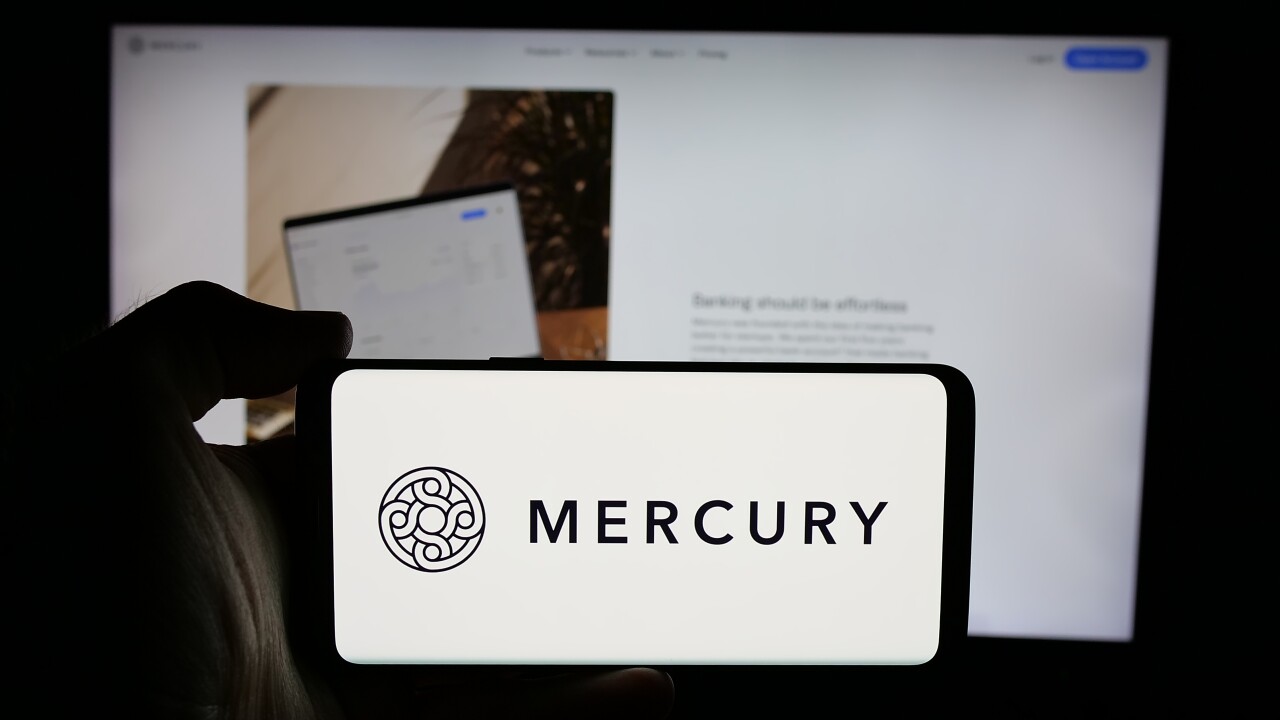Last week's deal between Bank of America Corp. and a California software company could be a step toward the banking industry's sending complete account statements to customers by e-mail, according to technology analysts briefed on the transaction.
The bank agreed to buy software from Sigaba Corp. of San Mateo, Calif., that will allow it to secure e-mail messages and attachments or to render them unreadable to all but their intended recipients.
Banks can already send account statements and other sensitive information electronically and securely, but customers generally bear the burden of initiating the communication by logging on to a bank's Web site and then entering a secure area with a password. Some banks have begun notifying customers by e-mail that statements are available within a secure area of their Web site.
Sigaba says that deployment of its software can make it easier and more convenient for banks to send private information directly to retail or corporate customers.
Bank of America said that it will put the e-mail security software to work initially in its global treasury services business.
"It will eliminate the bottleneck when everyone wants to sign on on the East Coast at eight or nine o'clock," said Robert C. Egerland, a Bank of America senior vice president for enhanced messaging services. B of A will transmit statements and reports to global treasury services clients overnight, and customers will be able to look at them first thing in the morning.
The system will probably be put to use elsewhere in the bank, Mr. Egerland said. A five-year contract between the two companies includes an investment by Bank of America in the three-year-old vendor, Secure Data in Motion Inc., which does business under the name Sigaba.
Sigaba is clearly counting on Bank of America to boost its visibility and credibility, though the company said it has three other financial services customers: Citywide Banks in Denver; Cascade Bank in Everett, Wash.; and Kleinwort-Benson, the private banking arm of Germany's Dresdner Bank AG.
Sigaba's system lets senders and recipients encrypt and decrypt e-mail messages several different ways, said Tanya Candia, the vendor's vice president of global marketing and its chief strategist. In one scenario Bank of America could install gateway software on its e-mail server that would encrypt mail before it passed through the company's firewall to the Internet. A bank customer would get a message saying that the bank had sent a monthly statement, and could see it by double-clicking on an attachment and entering a password. The password would trigger a "key" that would decrypt the message.
The advantage of this approach over systems that bring a customer back to a bank's Web site is that account information would then be on the customer's computer, said Charles Kolodgy, an Internet security analyst at IDC, a technology research and consulting company in Framingham, Mass. "This will save a lot of money in mailing," he said, adding that at least a half a dozen vendors are working on ways to make e-mail secure from hackers. Several are focusing on e-mailed electronic bill presentment.
Joyce Graff, a vice president and research director at the Gartner Inc. technology research company in Stamford, Conn., said that Bank of America is hardly the only company examining this issue: "Name a large bank and they're at some point in evaluation or adoption or implementation of these kind of approaches," she said.





